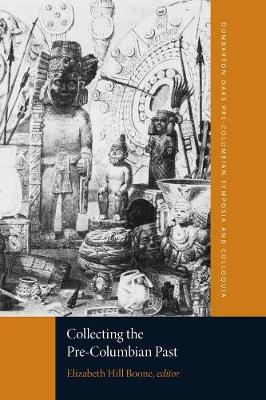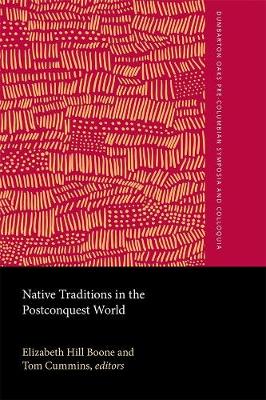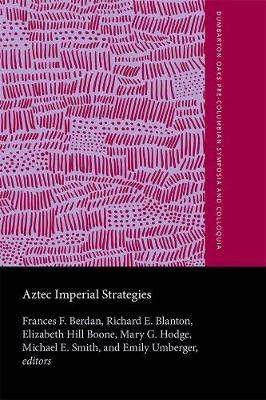Pre-Columbian Symposia and Colloquia
3 total works
Collecting the Pre-Columbian Past
by Elizabeth Hill Boone, Curtis M. Hinsley, George Kubler, Phyllis Mauch Messenger, and Phyllis Mauch Williams
Published 1 January 1993
Native Traditions in the Postconquest World
by Elizabeth Hill Boone and Tom Cummins
Published 1 January 1998
"Important anthology marking, but not celebrating, the Columbian Quincentenary, directing attention to indigenous cultural responses to the Spanish intrusion in Mexico and Peru, utilizing as much as possible native documents and sources, and exploring mentalities. While we can benefit from the analysis and methodology in all contributions to this volume, items certain to interest Mesoamericanists include: Hill Boone, 'Introduction,' for the volume's orientation; Laiou, 'The Many Faces of Medieval Colonization,' for background, analysis of colonization as process, and its multiple forms; Lockhart, 'Three Experiences of Culture Contact: Nahua, Maya, and Quechua,' for special attention to language change as a reflection of broader cultural evolution in key areas; Hill Boone, 'Pictorial Documents and Visual Thinking in Postconquest Mexico,' for an examination of the endurance of these forms in 16th-century Nahua culture; Wood, 'The Social vs. Legal Context of Nahuatl Títulos,' for an examination of community self-representation in native manuscripts and pictorials in the eighteenth century; Gillespie, 'The Triple Alliance: A Postconquest Tradition,' for an explanation of the colonial manipulation of the symbolic triadic organization for a new historical tradition; Burkhart, 'Pious Performances: Christian Pageantry and Native Identity in Early Colonial Mexico,' for a study of the Nahuas' reshaping of Christian ritual; Karttunen, 'Indigenous Writing as a Vehicle of Postconquest Continuity and Change in Mesoamerica,' for an examination of Nahua and Maya writing traditions into the present, including evidence of women's lesser but possibly significant role; and, Cummins, 'Native Traditions in the Postconquest World: Commentary,' for concluding reflections on the interrelated elements of text (written, performative, visual, auratic, and so on), image, discourse, language, traditions, identity, and colonialism"--Handbook of Latin American Studies, v. 58.
Aztec Imperial Strategies
by Frances F Berdan, Richard E. Blanton, Elizabeth Hill Boone, Mary G. Hodge, and Michael E. Smith
Published 1 January 1996
"Based on a ten-week working seminar in 1986, offers new interpretations of the extent, organization, and imperial strategies of the Aztec empire. Analyzes data from the major chroniclers and from individual towns and places throughout the empire. Information obtained from early colonial Spanish administrative documents and archaeology is presented in appendices"--Handbook of Latin American Studies, v. 57.


